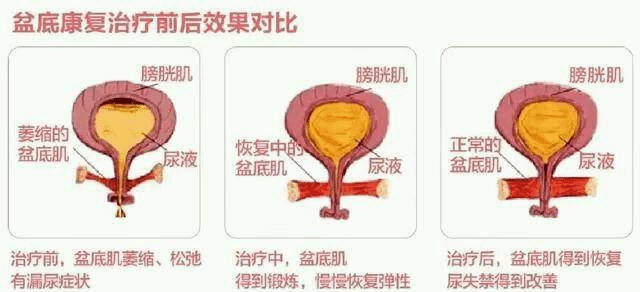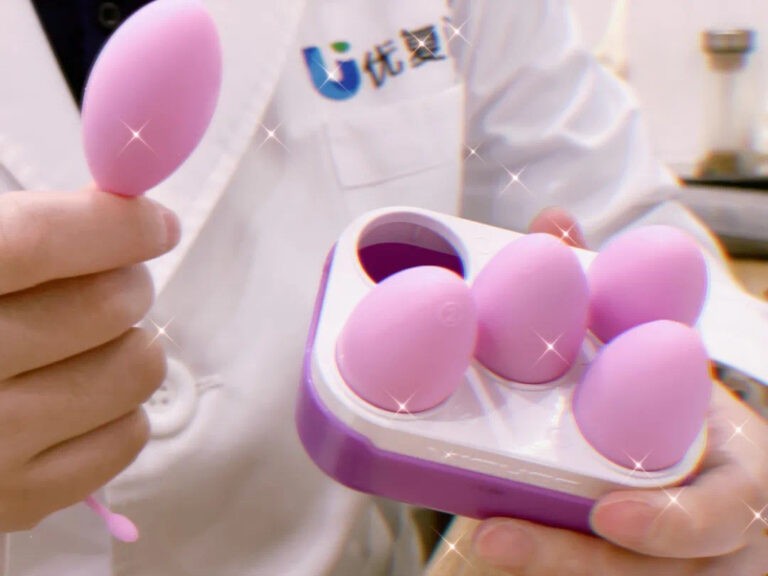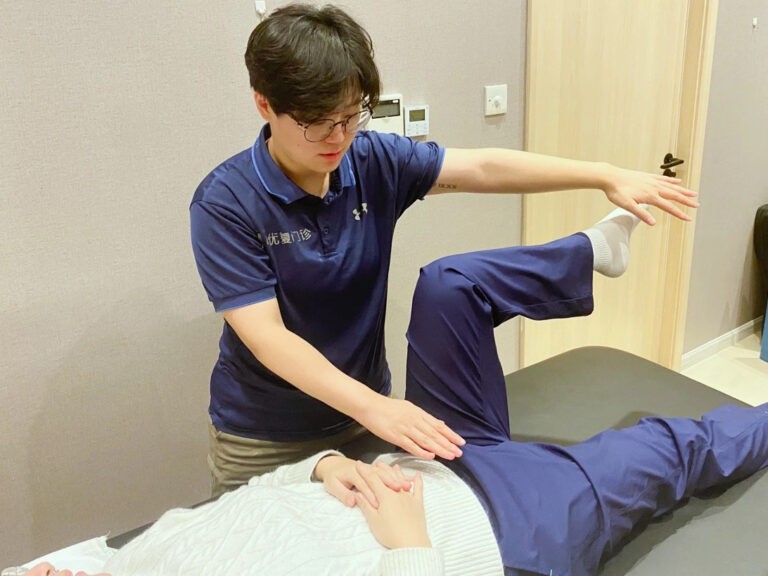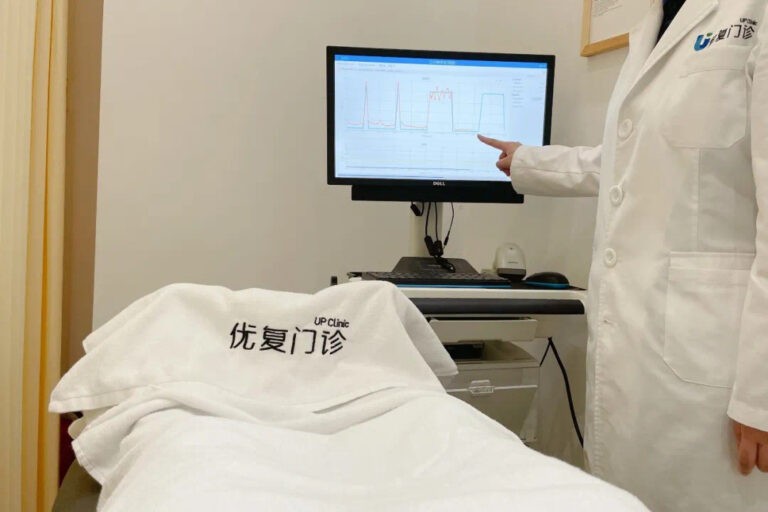7 years postpartum but still experiencing incontinence? This women’s health problem needs to be taken seriously!
It is commonly believed that postpartum treatment is only effective during the first one or two years after giving birth, and that there is no need to receive treatment if one missed this sensitive period, albeit the complications. Is that true?
Recently, a patient visited UP Clinic for physiotherapeutic treatment. It turned out that physiotherapy still produces satisfactory results after 7 years postpartum in terms of treating urinary incontinence.
Diagnosis & Evaluation
Su (our physiotherapist at UP Clinic):
How long has it been since you started to experience these symptoms?
Jasmine:
It started 7 years ago after I gave birth to my second child. The symptoms occurred occasionally at first, but have been aggravating in the past 2-3 years.
Sun:
How did you give birth to your child? Did you receive any form of postpartum treatment?
Jasmine:
Natural birth. To be honest, I was unaware of any opportunities for examination or treatment, and my doctor did not inform me of any of that. I thought my condition would get better day by day, but the reality is the other way around.
Sun:
Do you exercise?
Jasmine:
Not at all, I simply cannot. I used to do some jogging, rope jumping, basic exercises that help me lose weight. Now I cannot do any of them because of incontinence. Many of my friends also have this problem, but they told me that it’s inevitable after a natural birth and could only be prevented by not doing any exercises at all.
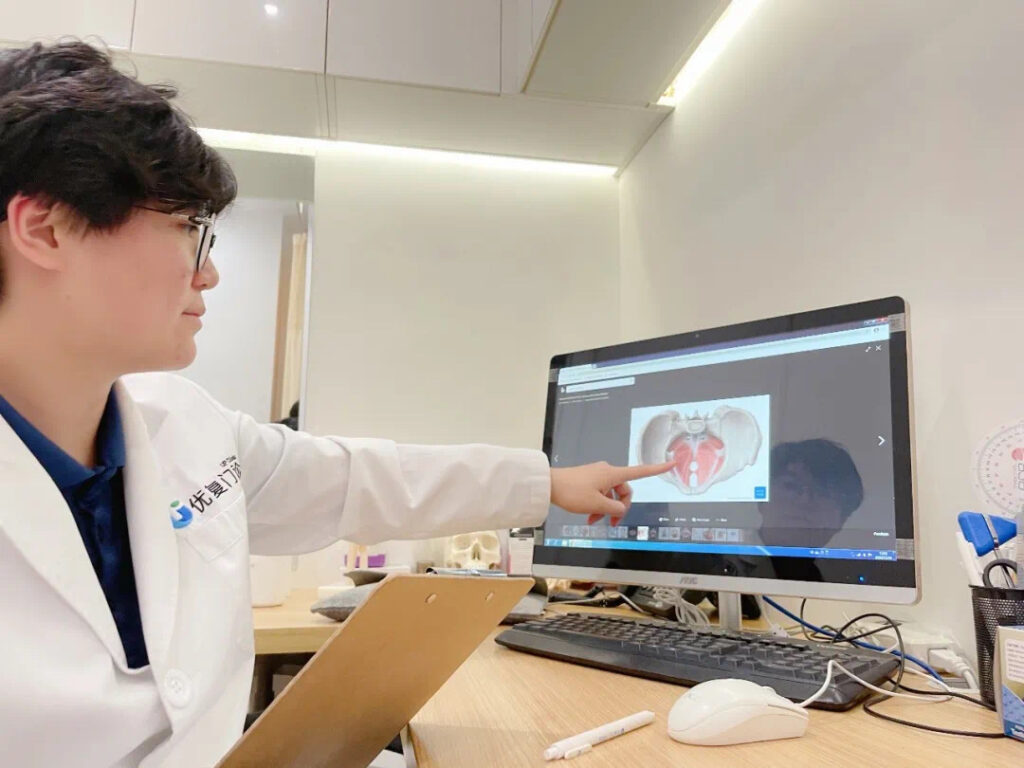
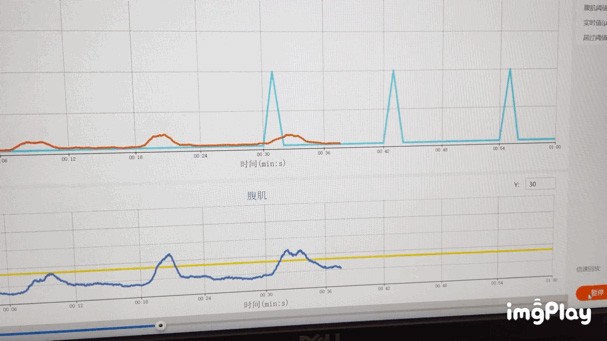
Diagnosis & Evaluation
The blue waveform indicates her pelvic floor muscle strength.
The red waveform indicates the feedback received when her pelvic floor contracts.
The deep blue waveform indicates that her abdomen is overly involved during the pelvic floor contraction.
According to the evaluation, her pelvic floor muscle strength was far from the standard level. She was then diagnosed as having stress incontinence due to weak pelvic floor muscles.
What is stress incontinence?
Stress incontinence is the most common type of urinary incontinence. It occurs when urine leaks out involuntarily when the bladder is under pressure due to activities such as coughing, sneezing or running. It is often due to the change in the pelvic floor muscle structure.
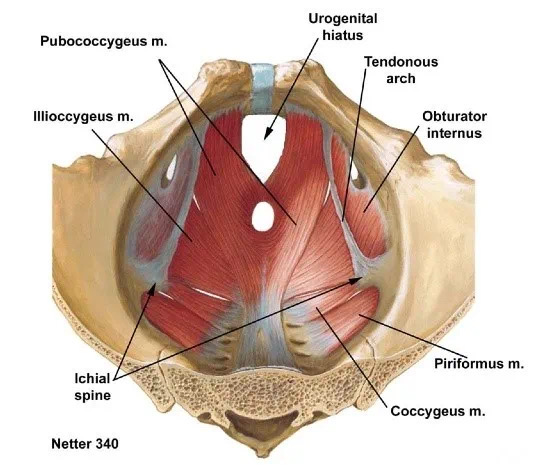
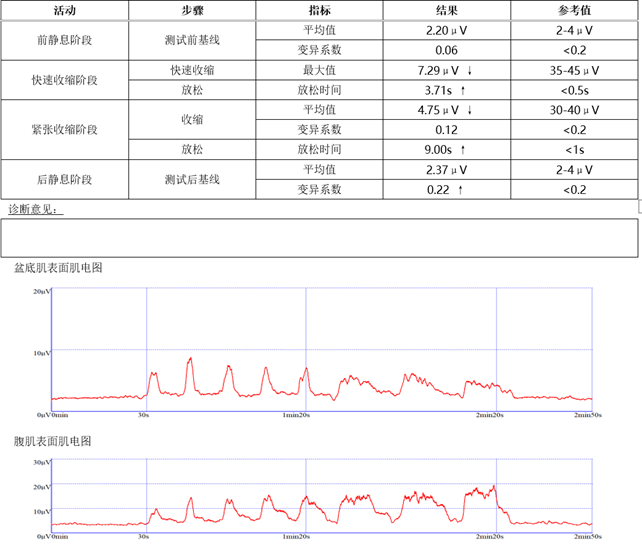
What are pelvic floor muscles?
Pelvic floor muscles include levator ani (including puborectalis, pubococcygeus and iliococcygeus) and coccygeus, which combine to form the muscle group that encloses the pelvic floor. Its primary function is to support pelvic organs, control defecation and urination, and is involved in sexual activities.
*Based on Jasmine’s report, her pelvic floor muscles showed significant weakness in both fast and slow muscle contraction, leading to stress incontinence.
Research shows that:
– 25% of all adult women have experienced involuntary urinary leakage or incontinence.
– It takes an average of 6.5 years for a female patient to seek medical advice after experiencing urinary incontinence. The most likely diagnosis is often bladder control problems.
– The most common type of urinary incontinence is stress incontinence. About 15 million U.S. women are suffering from it.

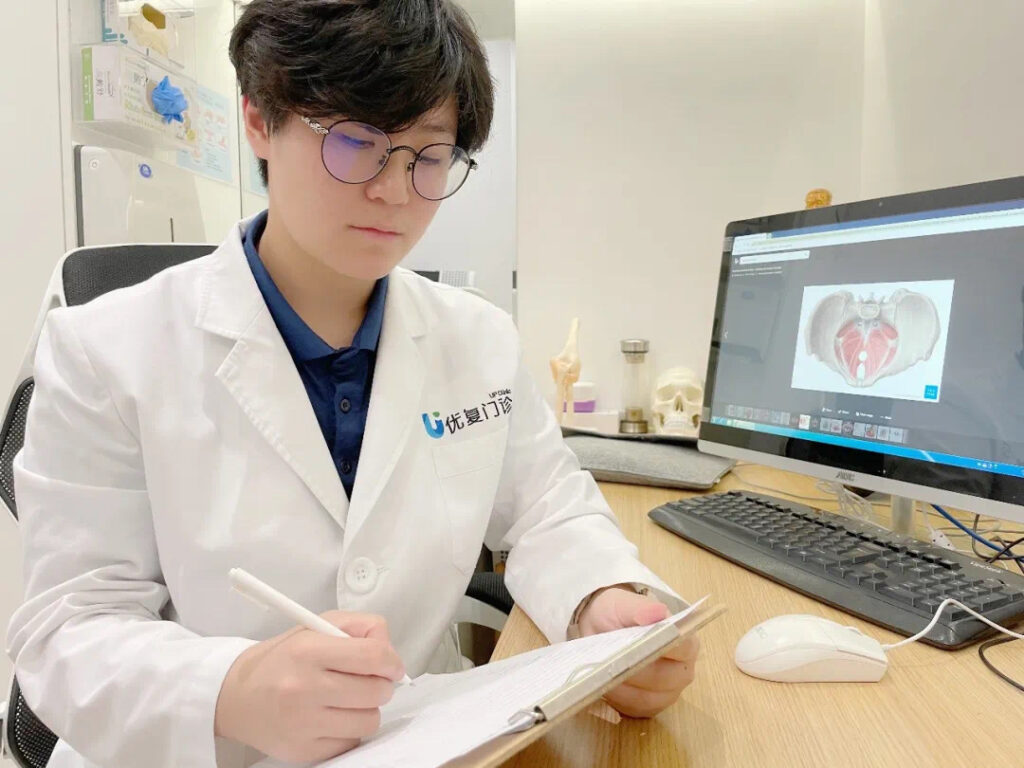
Treatment Plan
Target muscle group: pelvic floor muscles and core muscles, through strength and endurance training.
Frequency: 2-3 sessions per week for a total of 6-8 weeks.
Specific treatment methods:
– Passive electrical stimulation
– Active contraction under electrical stimulation
– Kegel training with biological feedback
– Sahrmann core exercises
– Vaginal dumbbell exercises
Effect
The blue and red waveforms appear synchronous, indicating that Jasmine’s pelvic floor strength meets the standard level after physical therapy and rehabilitation. Abdominal compensation is reduced as well.
Finally, she is free from urinary incontinence and able to jump rope and jog with much more confidence than ever before.
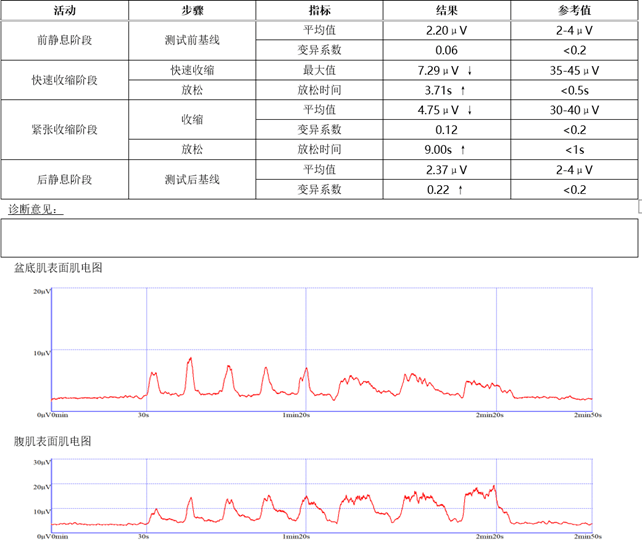
Anatomical representation: Before vs. After
